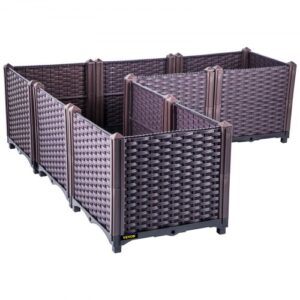Investing in solar energy for your home can be a great way to save money, reduce your carbon footprint, and add value to your property. It can seem like a daunting task to get started—where do you even begin? Fortunately, the process of installing solar panels isn’t as complicated as you may think. Read on for an overview of the steps you need to take to get started with home solar power.
Research Your Options Before Making a Purchase
The first step is to research different types of solar panels—including their cost per watt and the efficiency ratings—as well as any local incentives or rebates available in your area. You’ll also want to determine what type of power system fits best with your needs—do you want something that connects directly with the electrical grid or would you prefer an off-grid setup? Once you’ve done your research, it’s time to purchase and install the hardware.
Choose an Experienced Installer
It is important to find an experienced installer who can help guide you through the process so that everything is installed properly and up-to-code. Most installers will provide you with detailed information about installation costs and should be able to answer any questions you have about warranties or other related issues. Make sure that all necessary permits are obtained before installation begins, as well as any additional inspections required by your city or county government.
Maintain Your Solar System
Once the system is installed, it’s important that you maintain it properly in order for it to function correctly and efficiently for years to come. This involves regular cleaning (at least once every six months) and checking connections between components for proper continuity. Additionally, make sure that you stay up-to-date on any changes in local regulations or incentives related to home solar power systems so that you keep taking advantage of them.
Going solar doesn’t have to be a difficult process if you’re prepared and know what steps need to be taken before getting started. Researching different types of solar panels, obtaining necessary permits and inspections, choosing an experienced installer, and maintaining the system properly are all crucial steps in ensuring your success with home solar power systems. With some careful planning ahead of time, going solar can be a great way for homesteaders and consumers alike save money while reducing their carbon footprint!




















Add comment